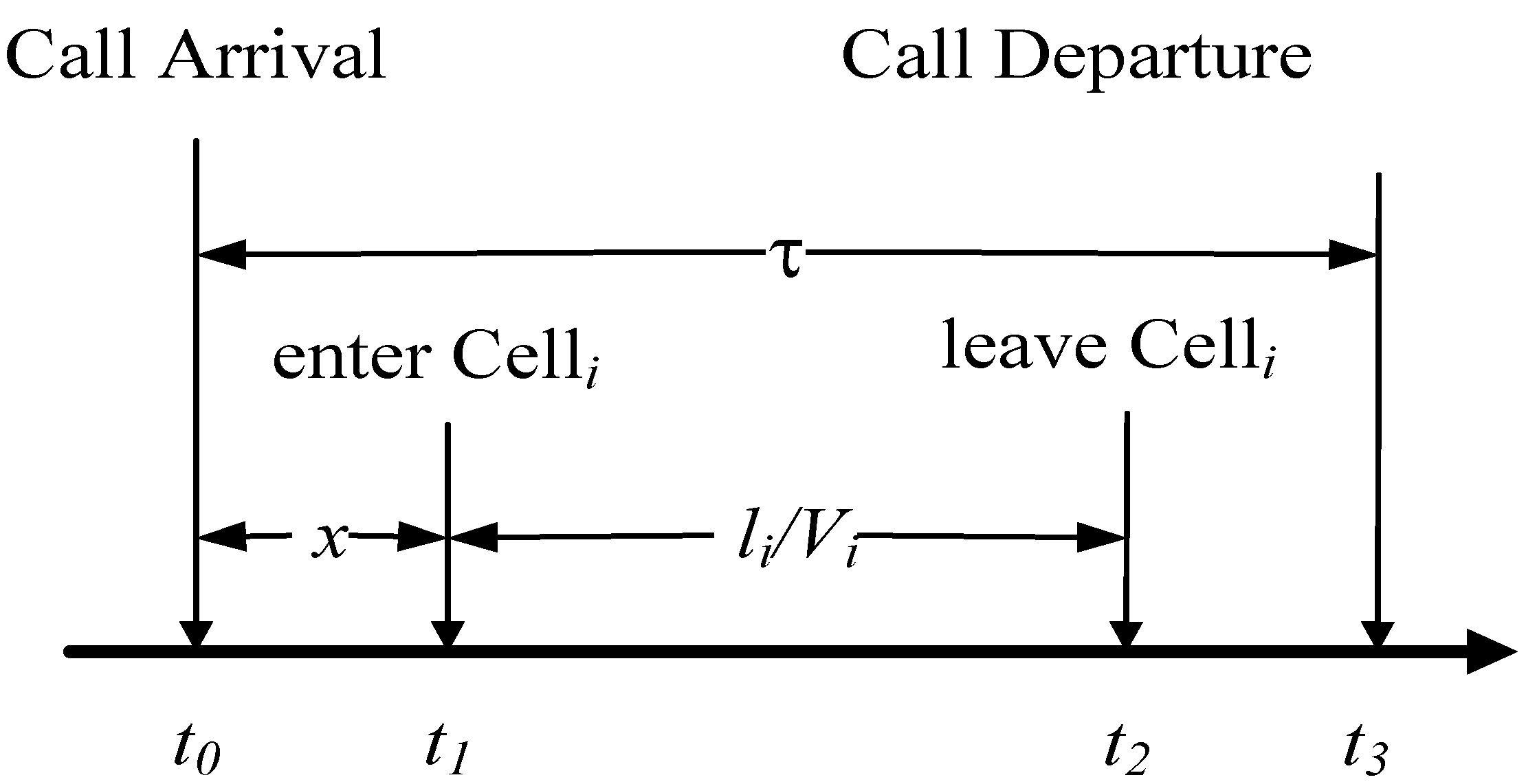A Channel Allocation Mechanism for Cellular Networks
Abstract
:1. Introduction
2. Related Work
2.1. Cellular Network Architecture
2.1.1. Global System for Mobile Communications
2.1.2. Universal Mobile Telecommunications System
2.2. Channel Allocation Mechanisms
2.2.1. Static Channel Allocation
2.2.2. Dynamic Channel Allocation
Centralized DCA Mechanism
Distributed DCA Mechanism
3. Channel Allocation Mechanism in Cellular Networks
3.1. The Number of Call Arrival (Ai)
3.2. The Number of Handover In (Ii)
3.3. The Number of Handover Out (Oi)
3.4. The Number of Call Departures (Di)
4. Numerical Analysis
- The variable li is the distance of the road segment covered by the cell i,
- the variable Vi which is the average speed of car,
- the variable Fi which is the car flow,
- the call inter-arrival time t (h) has exponential distribution with mean 1/λ,
- the call holding time τ(h) has exponential distribution with mean 1/μ.
5. Simulation Analyses
5.1. Simulation Case Design and Performance Metrics
5.1.1. Case 1: Whole Day
5.1.2. Case 2: Traffic Congestion
5.1.3. Performance Metrics
5.2. Simulation Results and Analyses
5.2.1. Case 1: Whole Day
5.2.2. Case 2: Traffic Congestion
5.2.3. Comparisons between SCA and Proposed Mechanism
5.2.4. Discussions
6. Conclusions
Author Contributions
Conflicts of Interest
References
- Capone, A.; Redana, S. Call Admission Control Techniques for UMTS. In Proceedings of the IEEE 56th Vehicular Technology Conference, Atlantic City, NJ, USA, 7–11 October 2001. [Google Scholar]
- Chen, C.H.; Lin, B.Y.; Lin, C.H.; Liu, Y.S.; Lo, C.C. A Green Positioning Algorithm for Campus Guidance System. Int. J. Mobile Commun. 2012, 10, 119–131. [Google Scholar] [CrossRef]
- Lin, B.Y.; Chen, C.H.; Lo, C.C. A Novel Speed Estimation Method Using Location Service Events Based on Fingerprint Positioning. Adv. Sci. Lett. 2011, 4, 3735–3739. [Google Scholar] [CrossRef]
- Zhao, C.; Gan, L. Dynamic Channel Assignment for Large-Scale Cellular Networks Using Noisy Chaotic Neural Network. IEEE Trans. Neural Netw. 2011, 22, 222–232. [Google Scholar] [CrossRef] [PubMed]
- Fang, Y.; Zhang, Y. Call Admission Control Schemes and Performance Analysis in Wireless Mobile. IEEE Trans. Veh. Technol. 2002, 51, 371–382. [Google Scholar] [CrossRef]
- Del Re, E.; Fantacci, R.; Giambene, G. Handover and Dynamic Channel Allocation Techniques in Mobile Cellular Networks. IEEE Trans. Veh. Technol. 1995, 44, 229–237. [Google Scholar] [CrossRef]
- Esmailpour, A.; Nasser, N. Dynamic QoS-Based Bandwidth Allocation Framework for Broadband Wireless Networks. IEEE Trans. Veh. Technol. 2011, 60, 2690–2700. [Google Scholar] [CrossRef]
- Hoang, A.T.; Liang, Y.C.; Islam, M.H. Power Control and Channel Allocation in Cognitive Radio Networks with Primary Users’ Cooperation. IEEE Trans. Mob. Comput. 2010, 9, 348–360. [Google Scholar] [CrossRef]
- Jiang, H.; Rappaport, S. CBWL: A New Channel Assignment and Sharing Method for Cellular Communications Systems. In Proceedings of the IEEE 43th Vehicular Technology Conference, Secaucus, NJ, USA, 18–20 May 1993. [Google Scholar]
- Katzela, I.; Naghshineh, M. Channel Assignment Schemes for Cellular Mobile Telecommunication Systems: A Comprehensive Survey. IEEE Pers. Commun. 1996, 3, 10–31. [Google Scholar] [CrossRef]
- Sidi, M.; Starobinski, D. New Call Blocking versus Handoff Blocking in Cellular Networks. ACM J. Wirel. Netw. 1997, 3, 15–27. [Google Scholar] [CrossRef]
- Tekinay, S.; Jabbari, B. Handover and Channel Assignment in Mobile Cellular Networks. IEEE Commun. Mag. 1991, 29, 42–46. [Google Scholar] [CrossRef]
- Zhang, Y. Handoff Performance in Wireless Mobile Networks with Unreliable Fading Channel. IEEE Trans. Mob. Comput. 2010, 9, 188–200. [Google Scholar] [CrossRef]
- Everitt, D.; Manfield, A. Performance Analysis of Cellular Mobile Communication Systems with Dynamic Channel Assignment. IEEE J. Sel. Areas Commun. 1989, 7, 1172–1180. [Google Scholar] [CrossRef]
- Hong, D.; Rappaport, S.S. Traffic Model and Performance Analysis for Cellular Mobile Radio Telephone Systems with Prioritized and Nonprioritized Handoff Procedures. IEEE Trans. Veh. Technol. 1986, 35, 77–92. [Google Scholar] [CrossRef]
- Lin, Y.B.; Pang, A.C. Wireless and Mobile All-IP Networks; John Wiley & Sons: Hoboken, NJ, USA, 2005. [Google Scholar]
- Mac Donald, V.H. Advanced mobile phone service: The cellular concept. Bell Syst. Tech. J. 1979, 58, 15–41. [Google Scholar] [CrossRef]
- Lin, Y.B.; Sou, S.I. Charging for Mobile All-IP Telecommunications; John Wiley & Sons: Hoboken, NJ, USA, 2008. [Google Scholar]
- Sin, J.; Georganas, N. A Simulation Study of a Hybrid Channel Assignment Scheme for Cellular Land-Mobile Radio Systems with Erlang-C Service. IEEE Trans. Commun. 1981, 29, 143–147. [Google Scholar] [CrossRef]
- Zhang, M.; Yum, T.-S.P. Comparisons of channel-assignment strategies in cellular mobile telephone systems. IEEE Trans. Veh. Technol. 1999, 38, 211–215. [Google Scholar] [CrossRef]
- Kahwa, T.; Georganas, N. A Hybrid Channel Assignment Scheme in Large-Scale, Cellular-Structured Mobile Communication Systems. IEEE Trans. Commun. 1978, 26, 432–438. [Google Scholar] [CrossRef]
- Ngo, C.Y.; Li, V.O.K. Fixed channel assignment in cellular radio networks using a modified genetic algorithm. IEEE Trans. Veh. Technol. 1998, 47, 163–172. [Google Scholar] [CrossRef]
- Antonopoulos, A.; Verikoukis, C. Traffic-Aware Connection Admission Control Scheme for Broadband Mobile Systems. IEEE Commun. Lett. 2010, 14, 719–721. [Google Scholar] [CrossRef]
- Alsamhi, S.H.; Rajput, N.S. Implementation of call admission control technique in HAP for enhanced QoS in wireless network deployment. Telecommun. Syst. 2016, 63, 141–151. [Google Scholar] [CrossRef]
- Antonopoulos, A.; Verikoukis, C. Dynamic Call Admission Control for Enhanced GoS of UGS Connections during “Busy Hour” in WiMAX. Proceedings of International Conference on Mobile Lightweight Wireless Systems, Barcelona, Spain, 10–12 May 2010. [Google Scholar]
- Bolotin, V.A. Modeling Call Holding Time Distributions for CCS Network Design and Performance Analysis. IEEE J. Sel. Areas Commun. 1994, 12, 433–438. [Google Scholar] [CrossRef]
- Lin, B.Y.; Chen, C.H.; Lo, C.C. A Traffic Information Estimation Model Using Periodic Location Update Events from Cellular Network. Commun. Comput. Inf. Sci. 2011, 135, 72–77. [Google Scholar]
- Chang, H.C.; Chen, C.H.; Lin, B.Y.; Kung, H.Y.; Lo, C.C. Traffic Information Estimation Using Periodic Location Update Events. Int. J. Innov. Comput. Inf. Control 2013, 9, 2031–2041. [Google Scholar]
- Chen, C.H.; Chang, H.C.; Su, C.Y.; Lo, C.C.; Lin, H.F. Traffic Speed Estimation Based on Normal Location Updates and Call Arrivals from Cellular Networks. Simul. Model. Pract. Theory 2013, 35, 26–33. [Google Scholar] [CrossRef]
- Cheng, D.Y.; Chen, C.H.; Hsiang, C.H.; Lo, C.C.; Lin, H.F.; Lin, B.Y. The Optimal Sampling Period of a Fingerprint Positioning Algorithm for Vehicle Speed Estimation. Math. Probl. Eng. 2013, 2013, 306783. [Google Scholar] [CrossRef]
- Chang, M.F.; Chen, C.H.; Lin, Y.B.; Chia, C.Y. The Frequency of CFVD Speed Report for Highway Traffic. Wirel. Commun. Mob. Comput. 2015, 15, 879–888. [Google Scholar] [CrossRef]
- Wu, C.I.; Chen, C.H.; Lin, B.Y.; Lo, C.C. Traffic Information Estimation Methods from Handover Events. J. Test. Eval. 2016, 44, 656–664. [Google Scholar] [CrossRef]
- Lai, W.K.; Kuo, T.H.; Chen, C.H. Vehicle Speed Estimation and Forecasting Methods Based on Cellular Floating Vehicle Data. Appl. Sci. 2016, 6, 47. [Google Scholar] [CrossRef]
- Planung Transport Verkehr AG. VISSIM User Manual—V.5.20; Planung Transport Verkehr AG: Karlsruhe, Germany, 2009. [Google Scholar]
- Gomes, G.; May, A.; Horowitz, R. A Microsimulation Model of a Congested Freeway using VISSIM. Transp. Res. Rec. 2004, 1876, 71–81. [Google Scholar] [CrossRef]
- Higgs, B.; Abbas, M. Segmentation and Clustering of Car-Following Behavior: Recognition of Driving Patterns. IEEE Trans. Intell. Transp. Syst. 2015, 16, 81–90. [Google Scholar] [CrossRef]
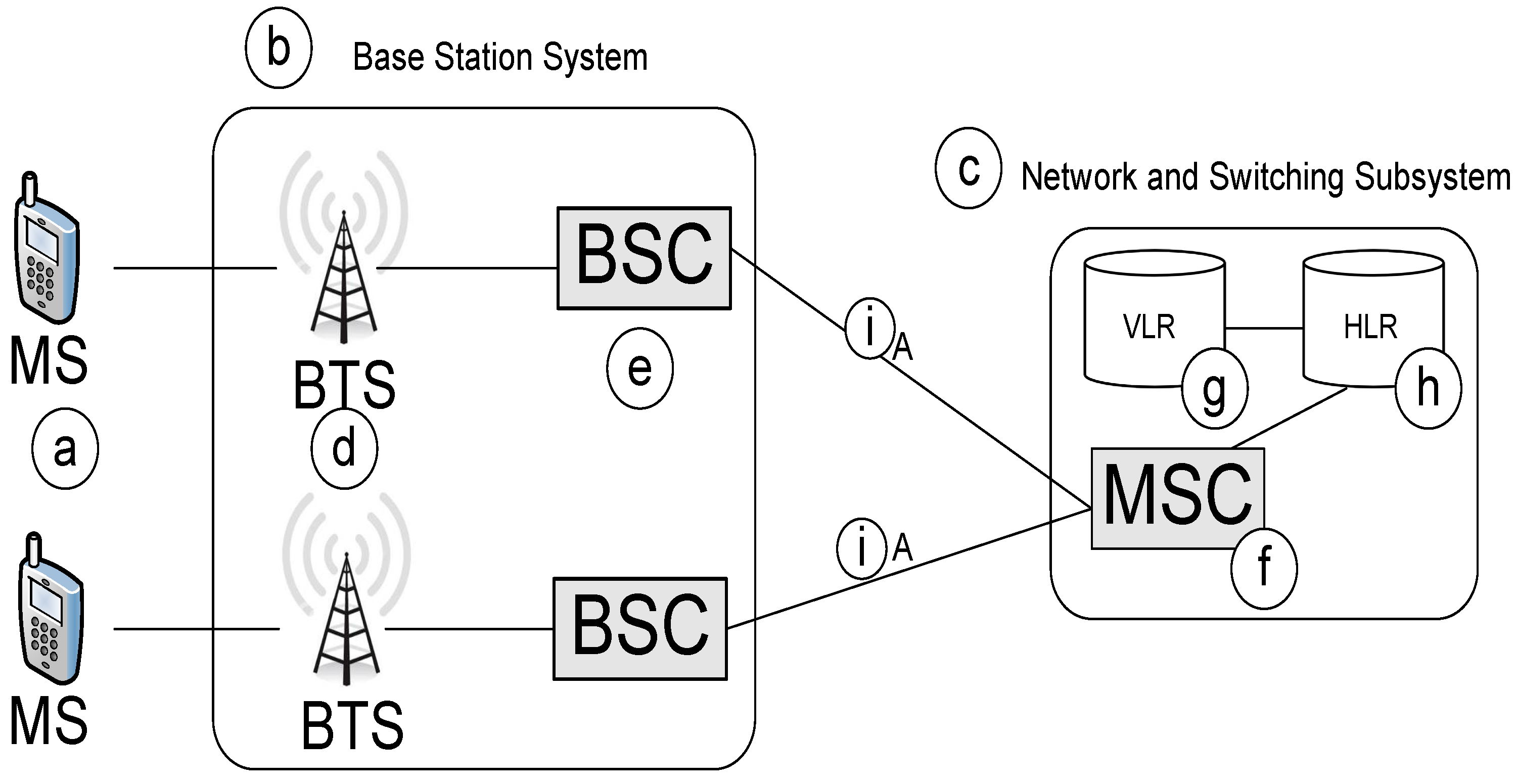
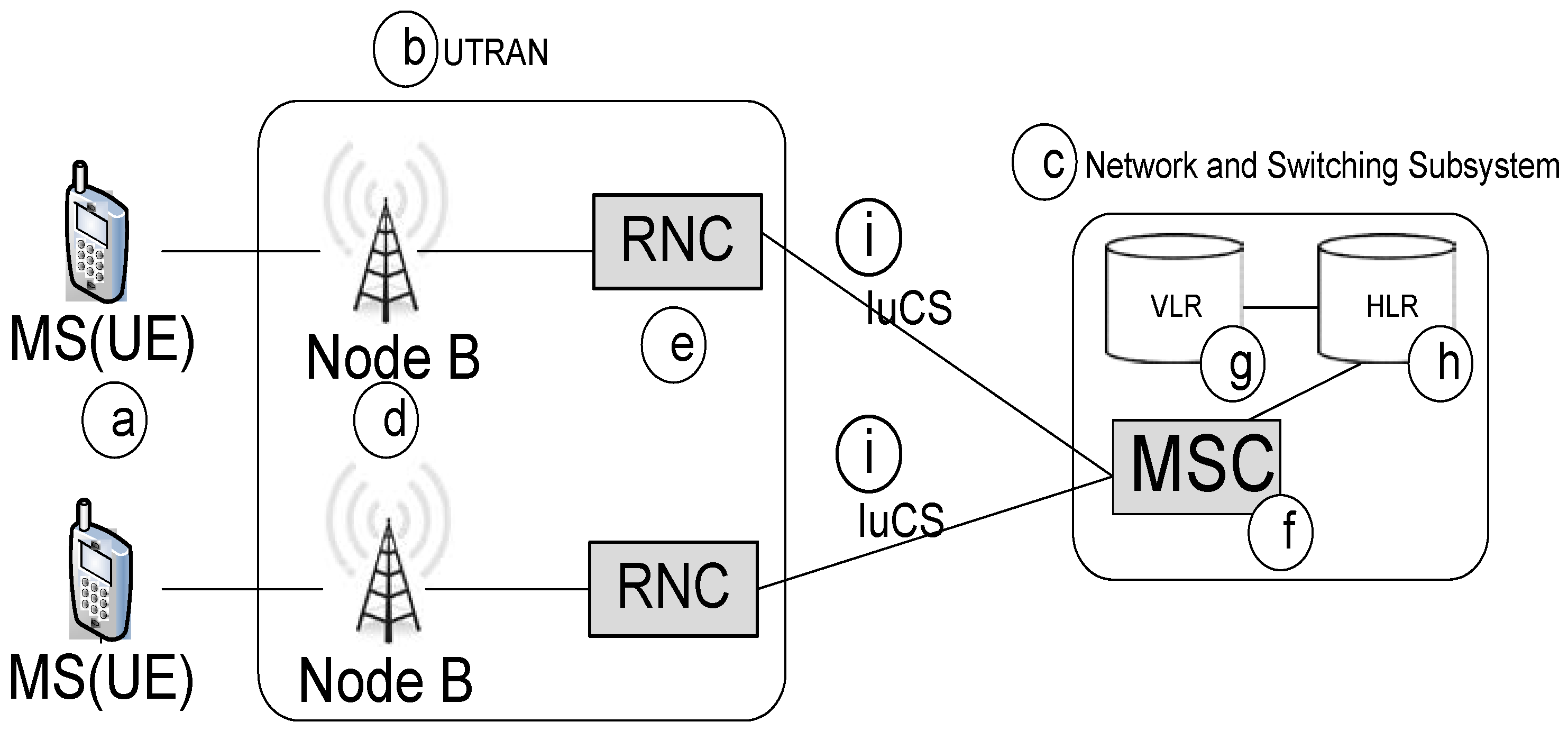
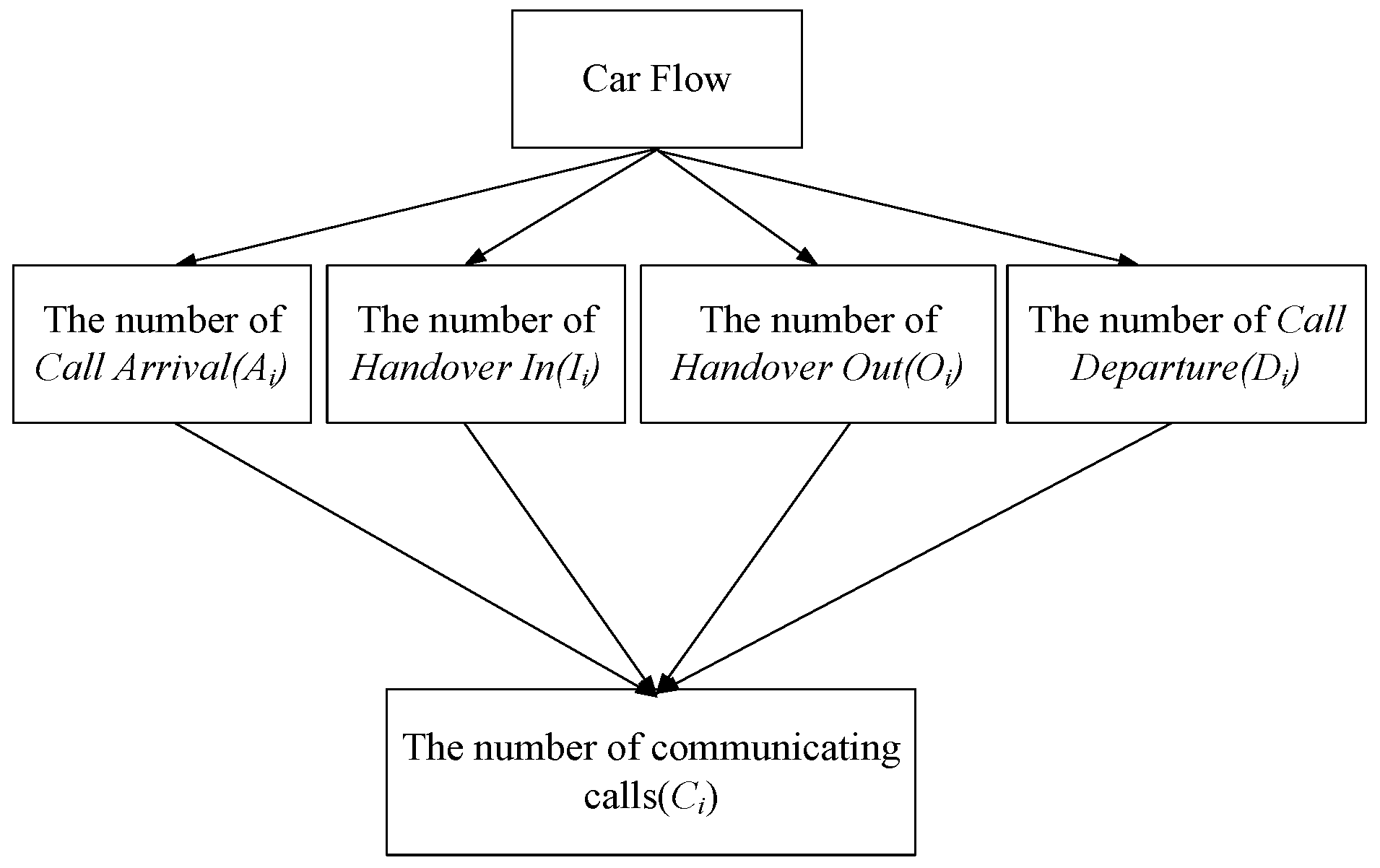
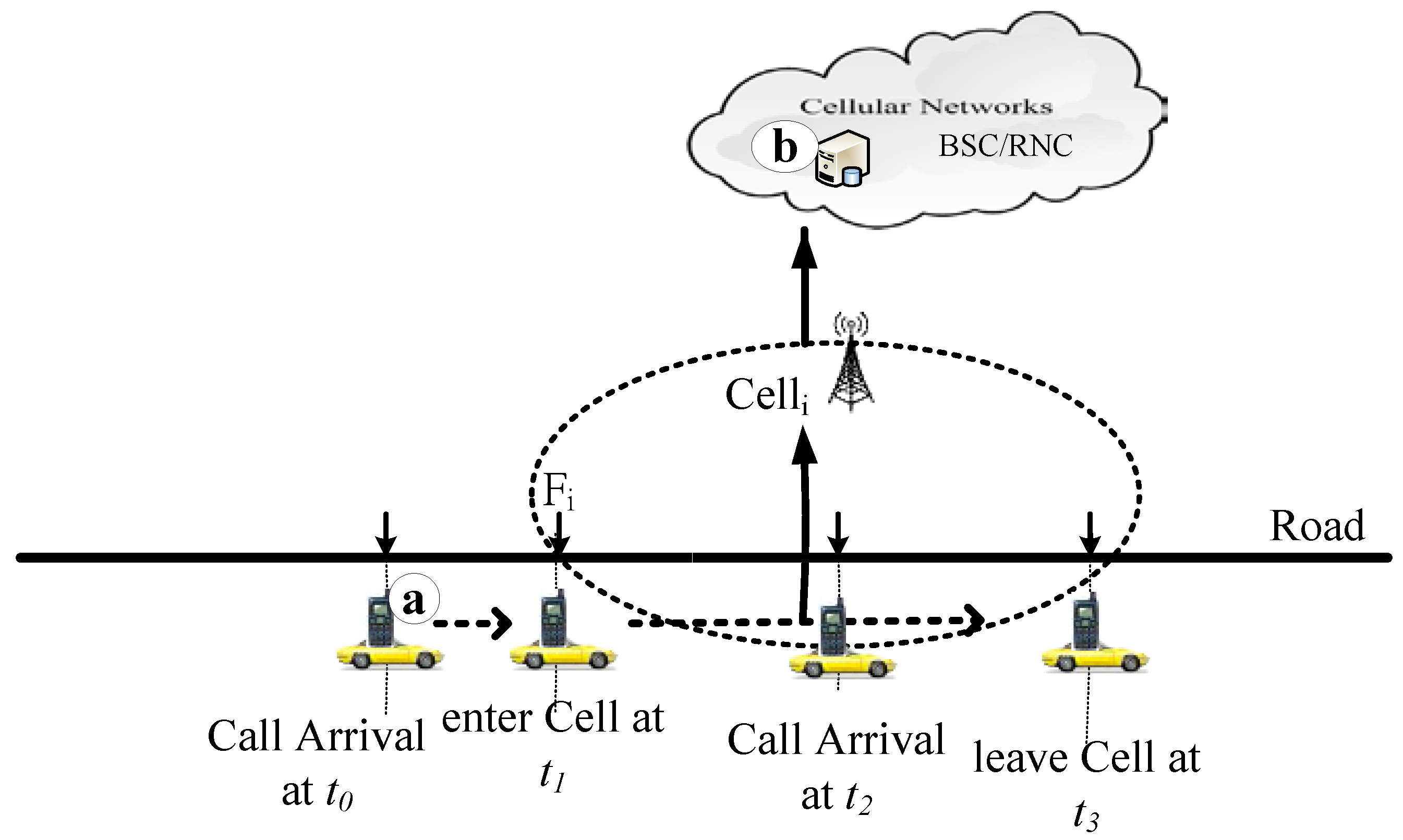
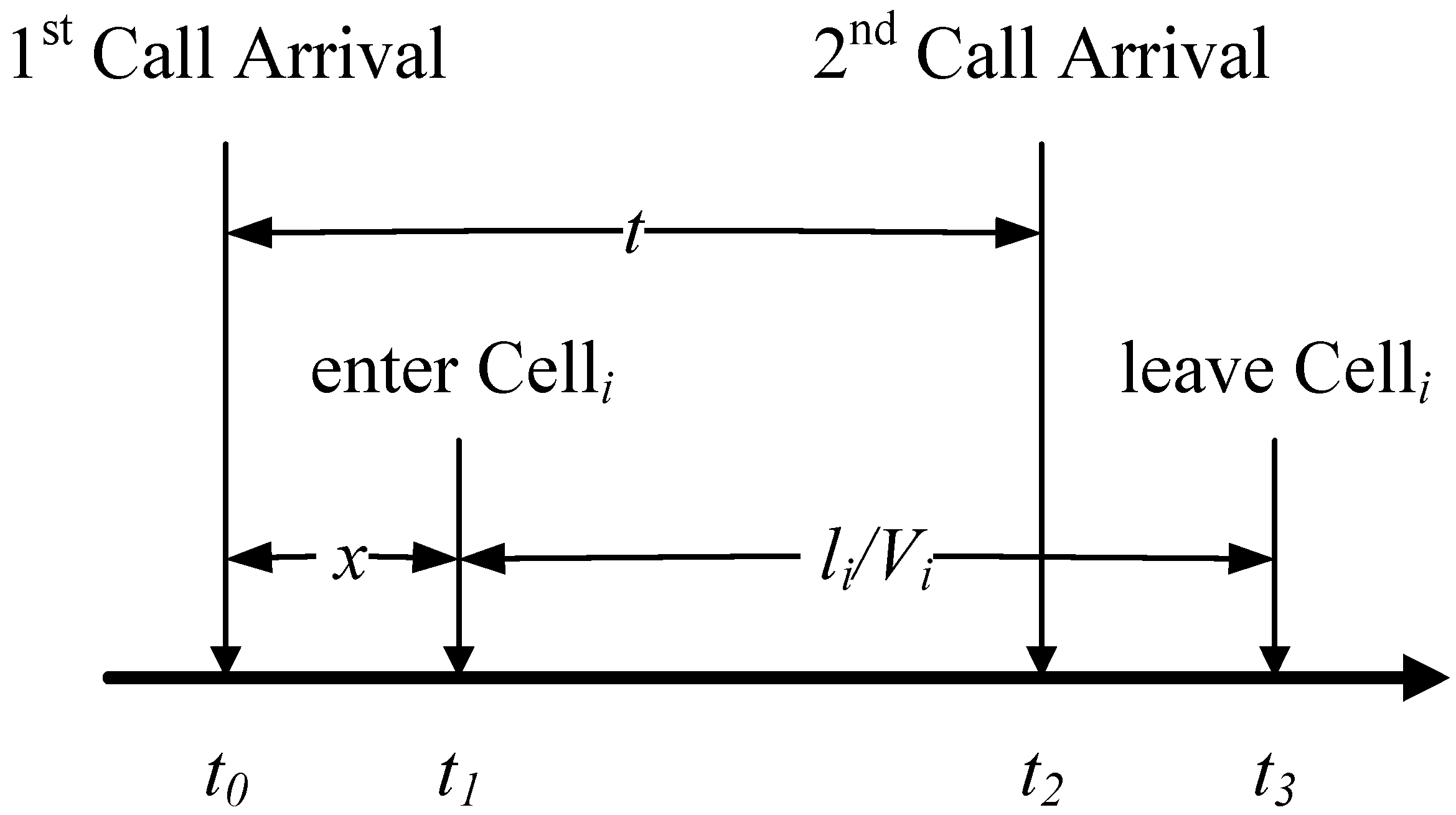
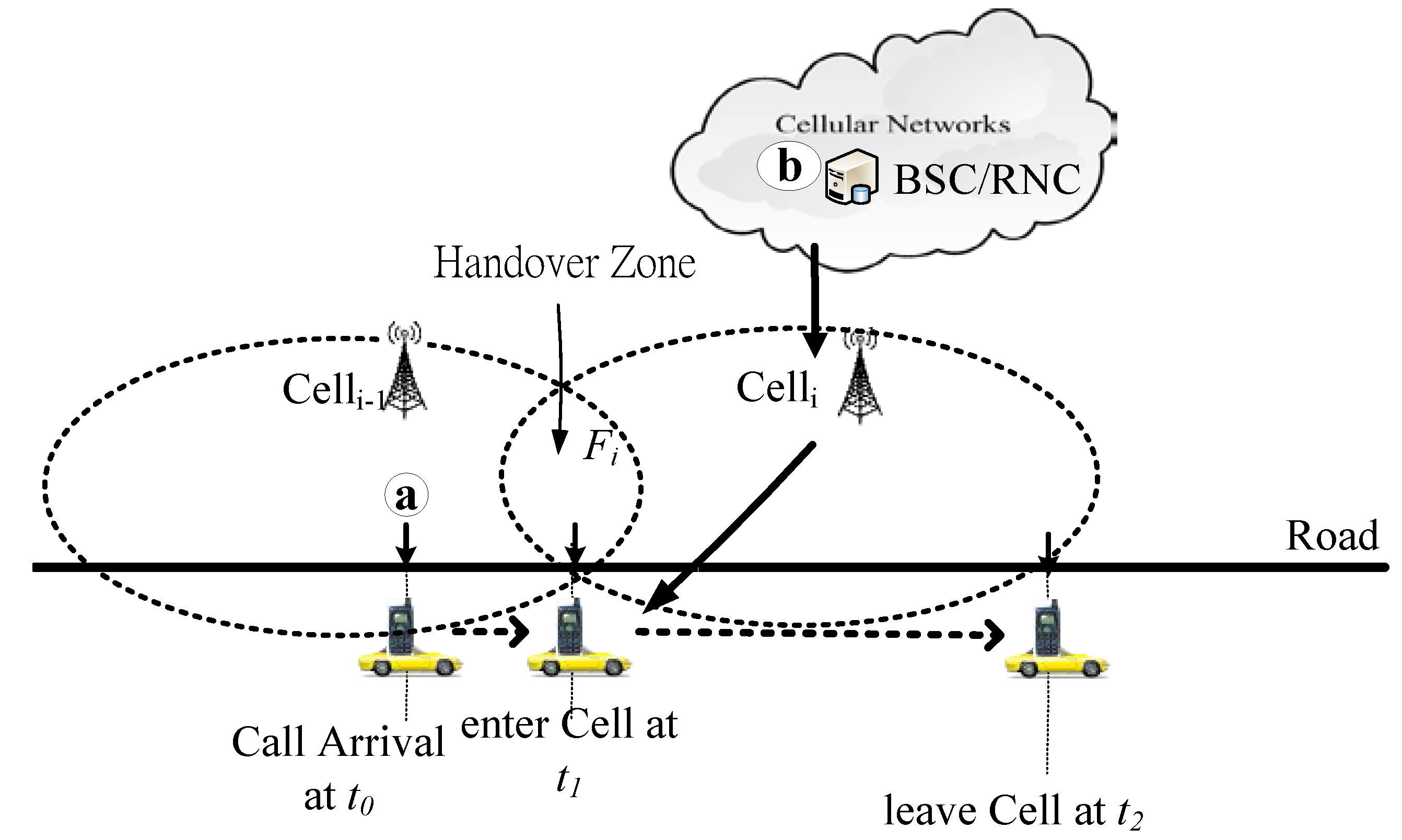
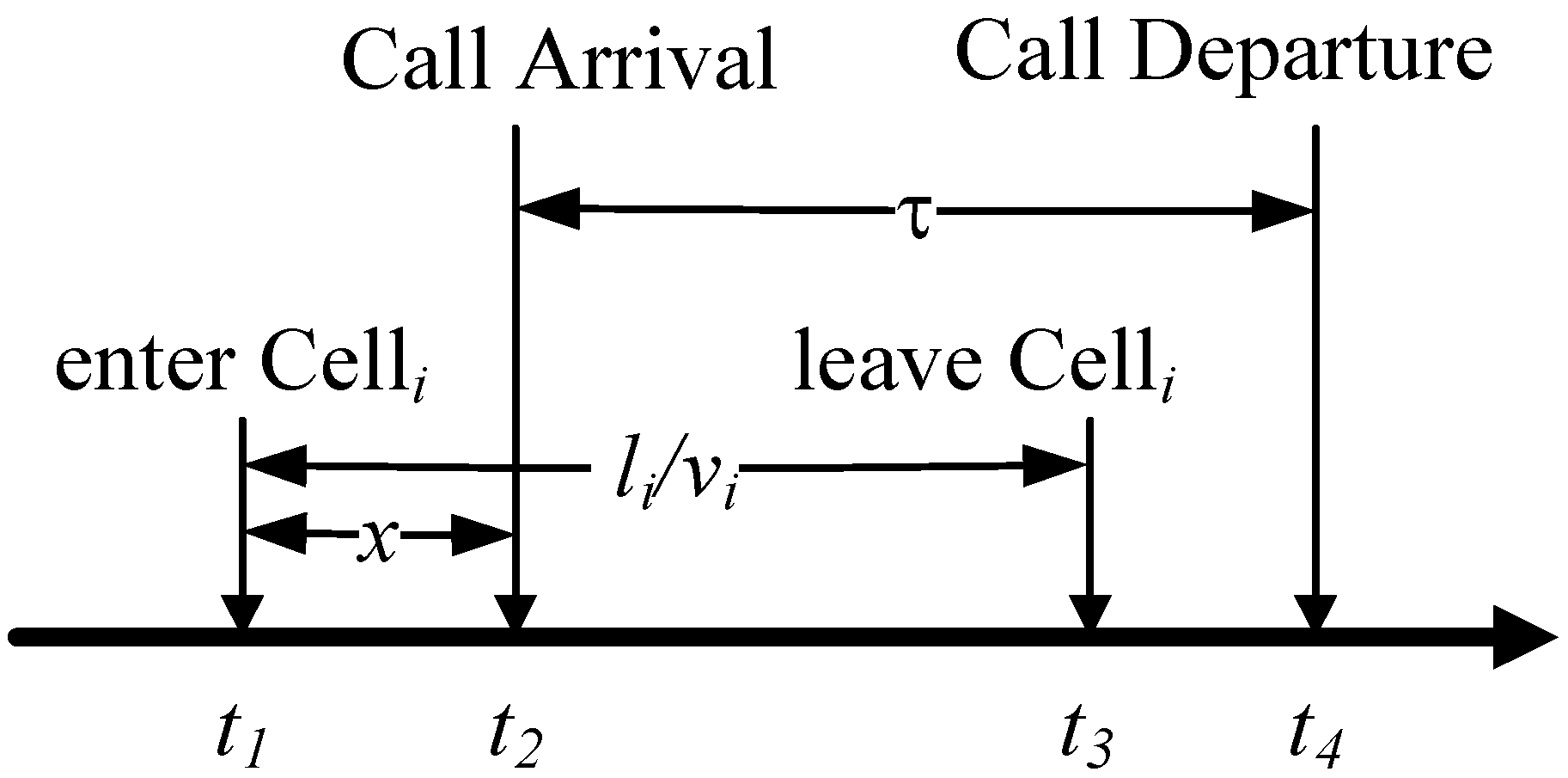
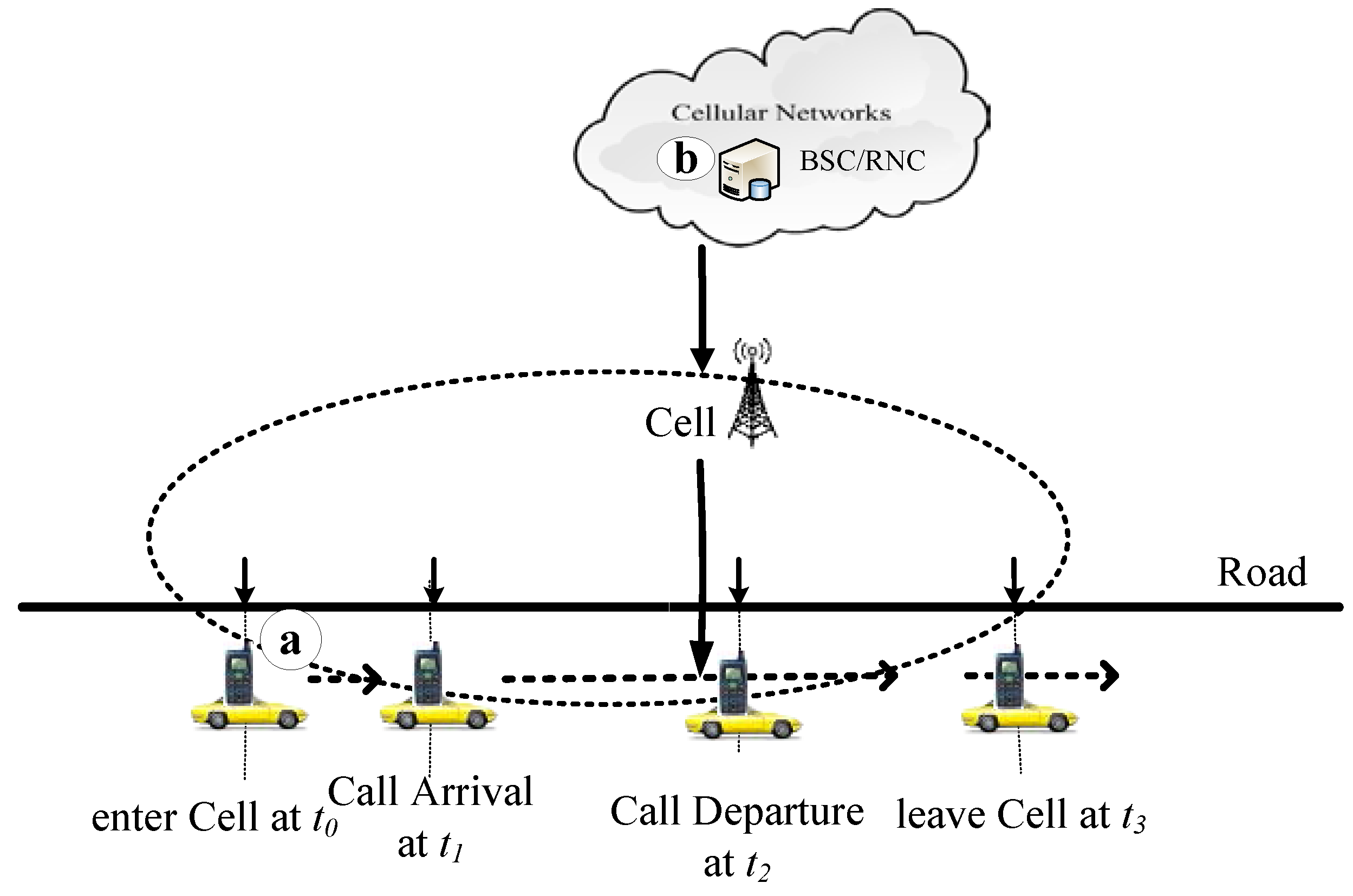


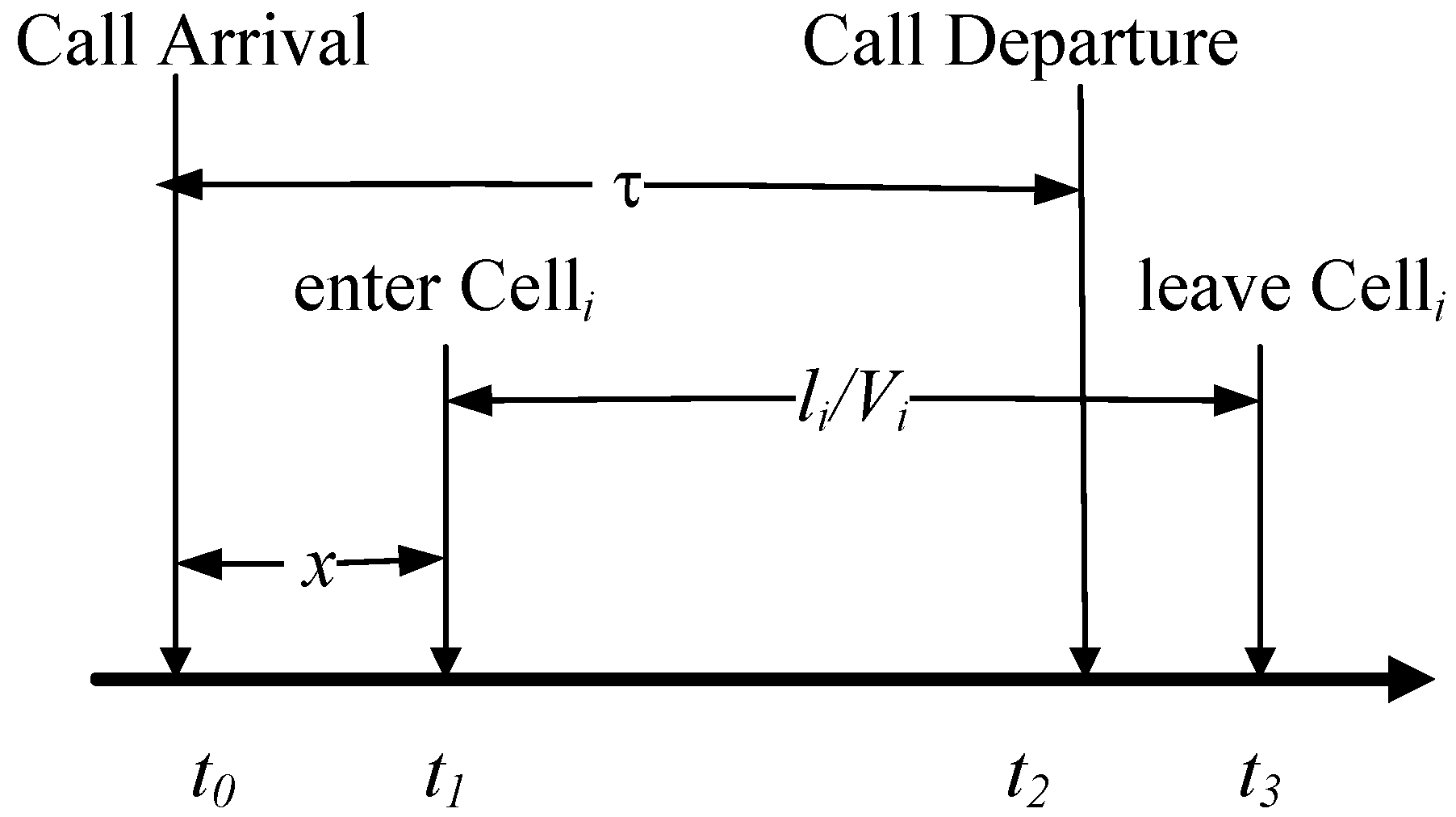
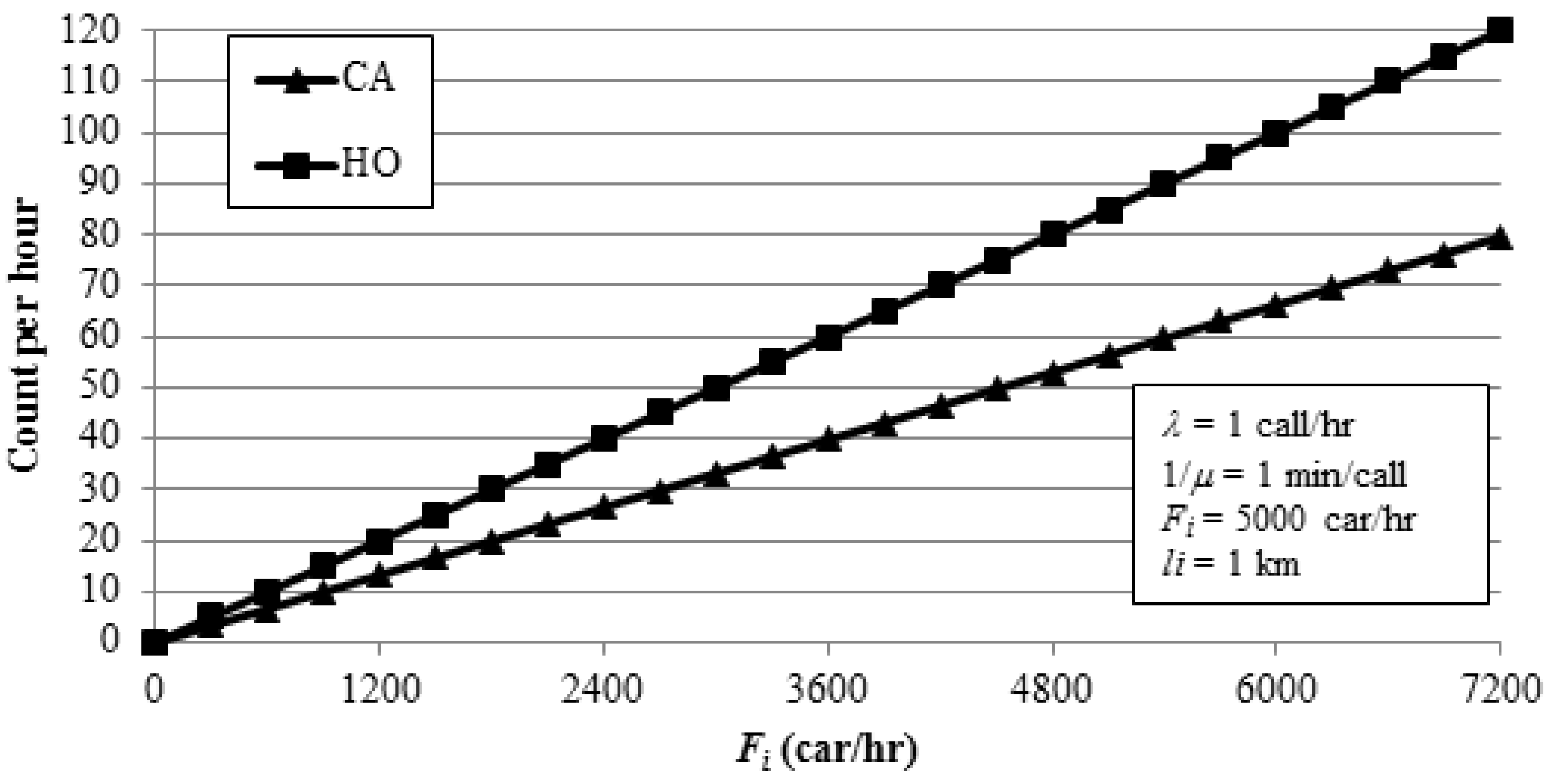

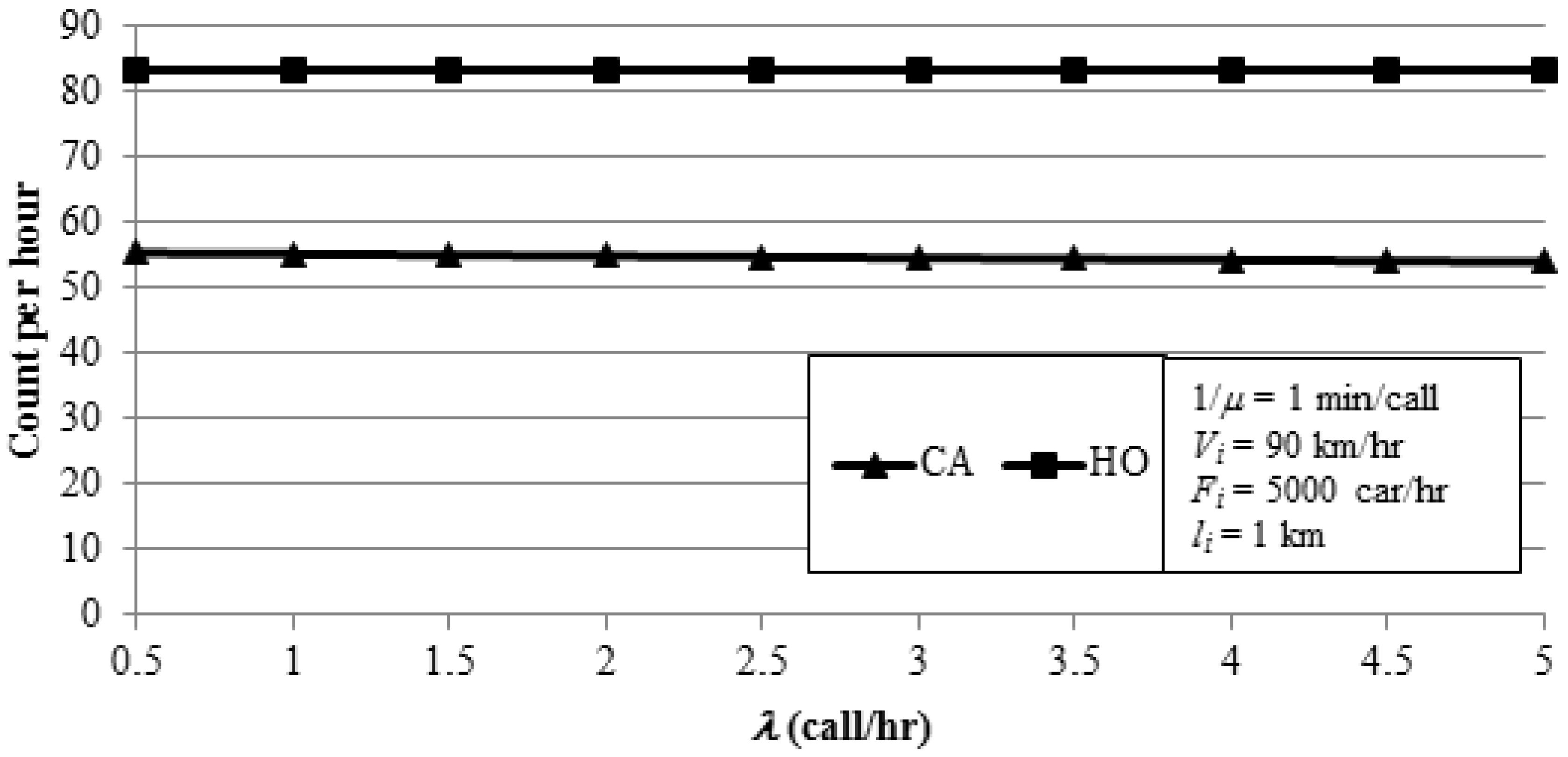
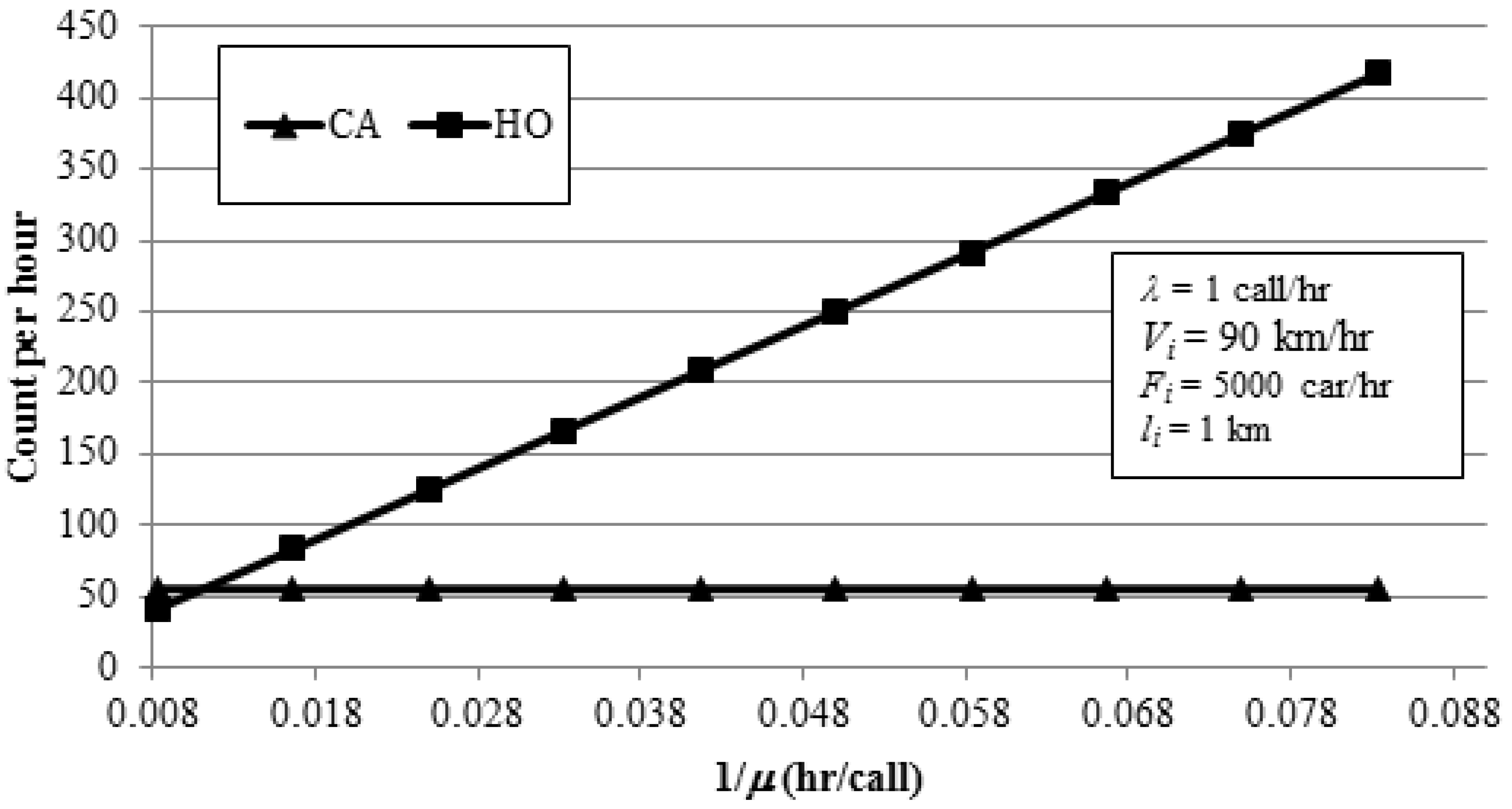
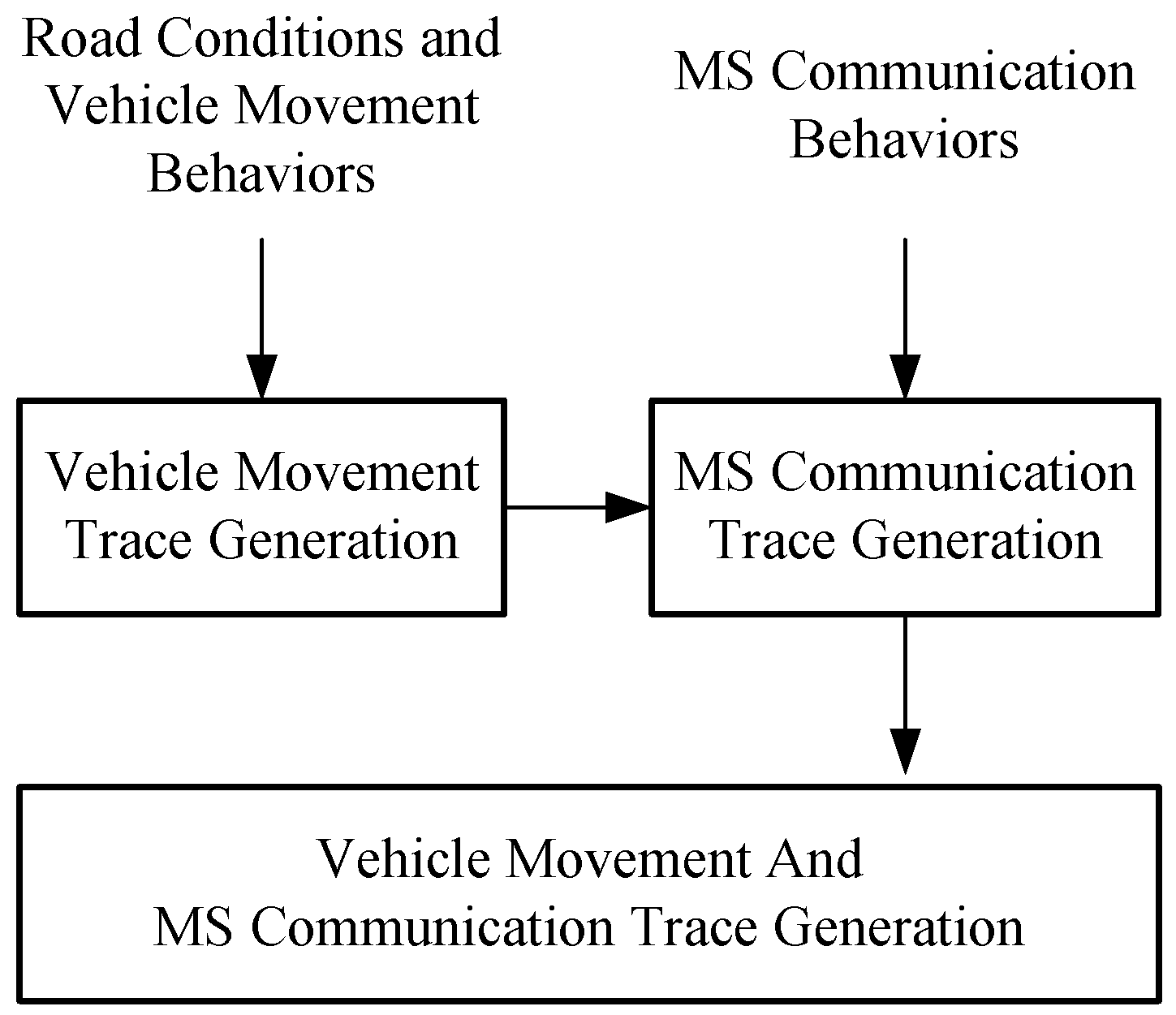

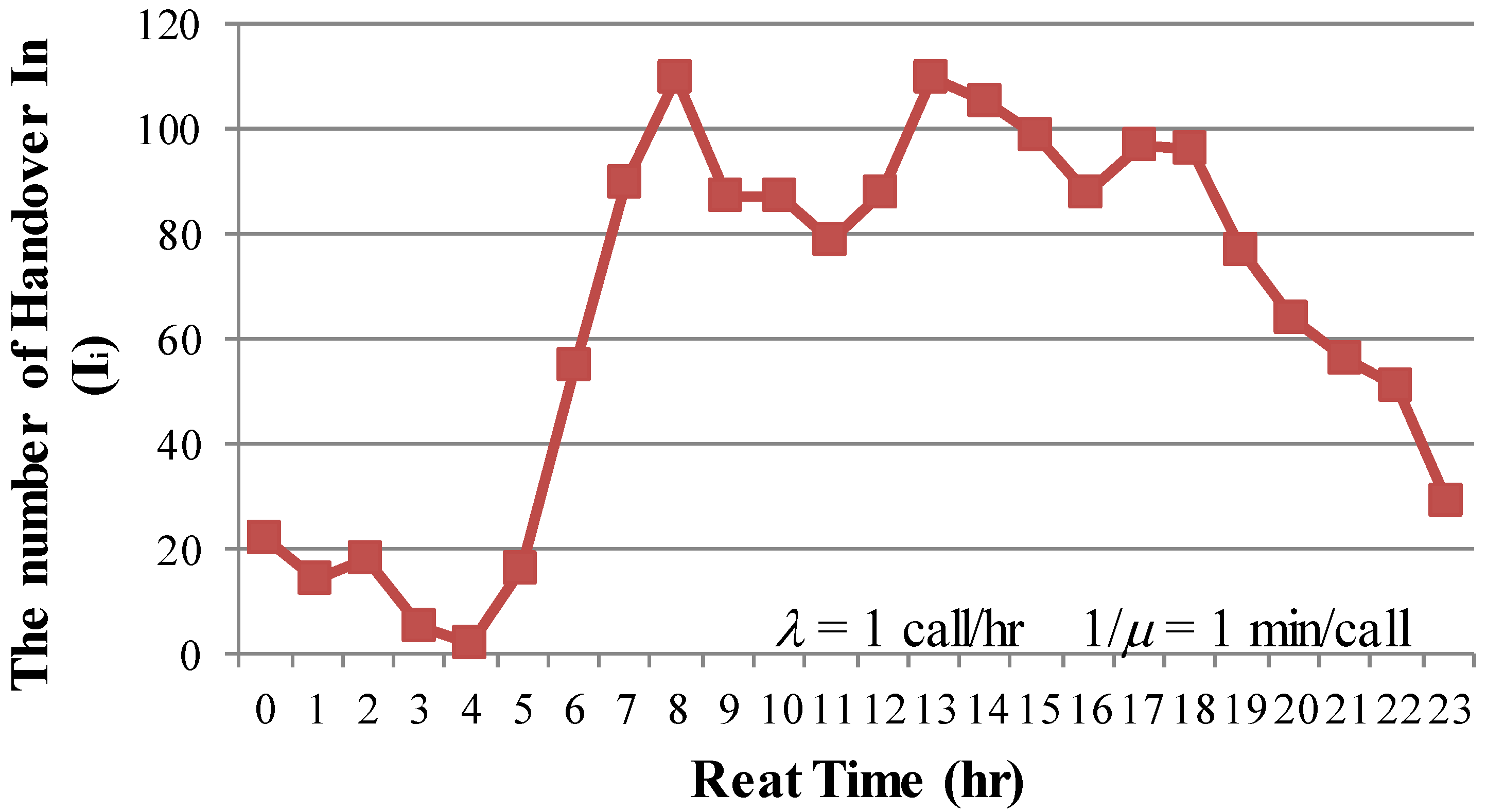

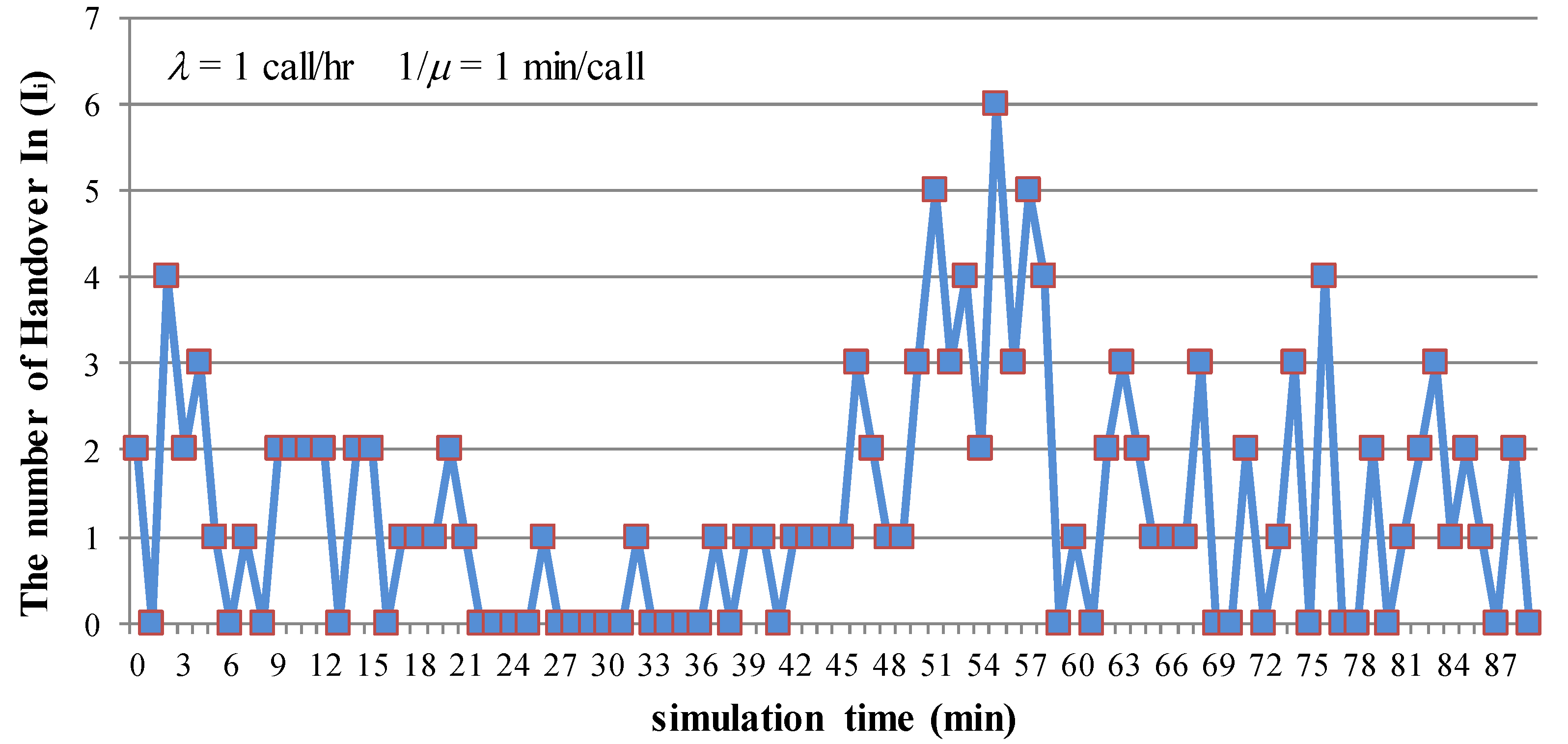



© 2017 by the authors. Licensee MDPI, Basel, Switzerland. This article is an open access article distributed under the terms and conditions of the Creative Commons Attribution (CC BY) license (http://creativecommons.org/licenses/by/4.0/).
Share and Cite
Chen, C.-H.; Lin, B.-Y.; Lei, C.-H.; Lo, C.-C. A Channel Allocation Mechanism for Cellular Networks. Inventions 2017, 2, 8. https://doi.org/10.3390/inventions2020008
Chen C-H, Lin B-Y, Lei C-H, Lo C-C. A Channel Allocation Mechanism for Cellular Networks. Inventions. 2017; 2(2):8. https://doi.org/10.3390/inventions2020008
Chicago/Turabian StyleChen, Chi-Hua, Bon-Yeh Lin, Che-Hao Lei, and Chi-Chun Lo. 2017. "A Channel Allocation Mechanism for Cellular Networks" Inventions 2, no. 2: 8. https://doi.org/10.3390/inventions2020008
APA StyleChen, C.-H., Lin, B.-Y., Lei, C.-H., & Lo, C.-C. (2017). A Channel Allocation Mechanism for Cellular Networks. Inventions, 2(2), 8. https://doi.org/10.3390/inventions2020008






